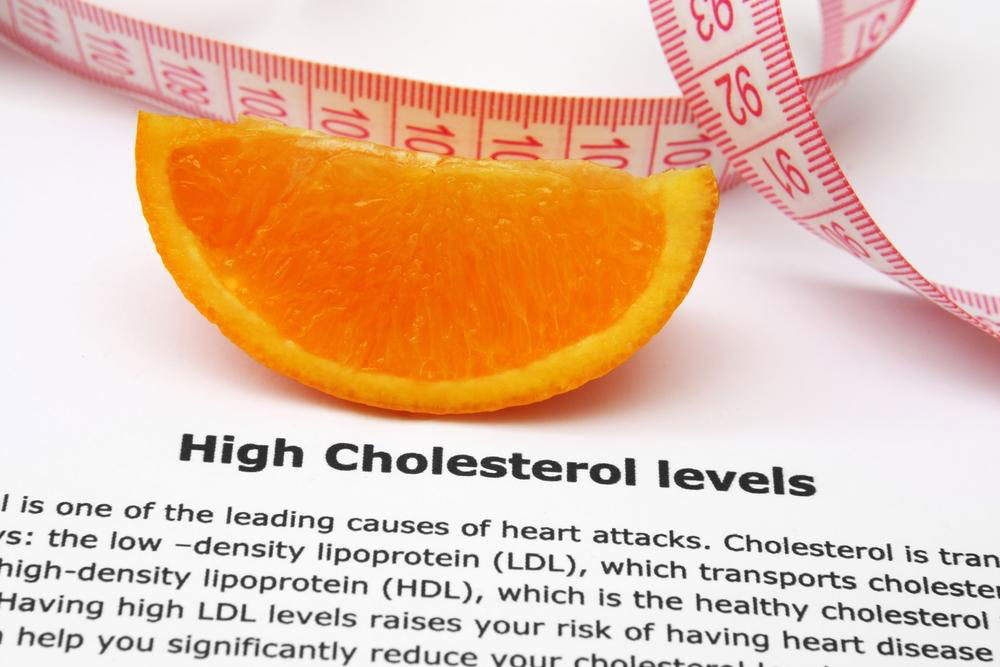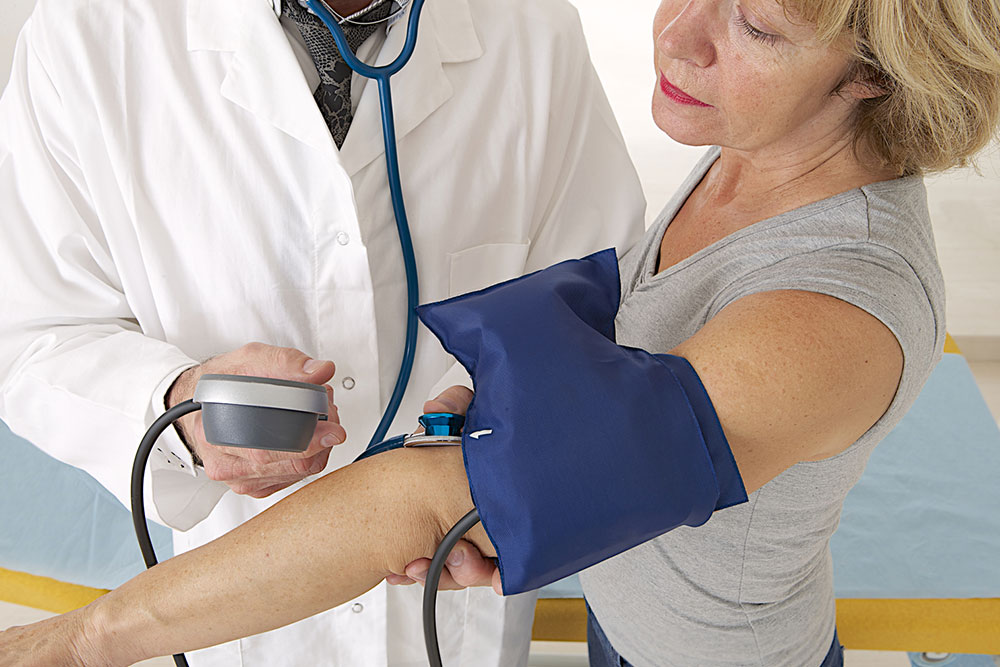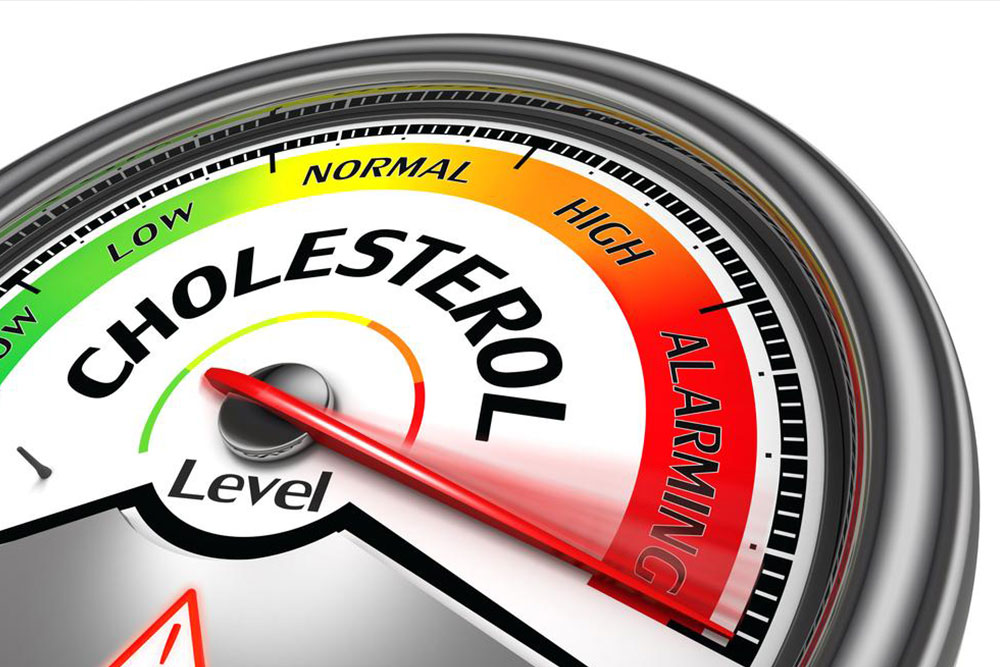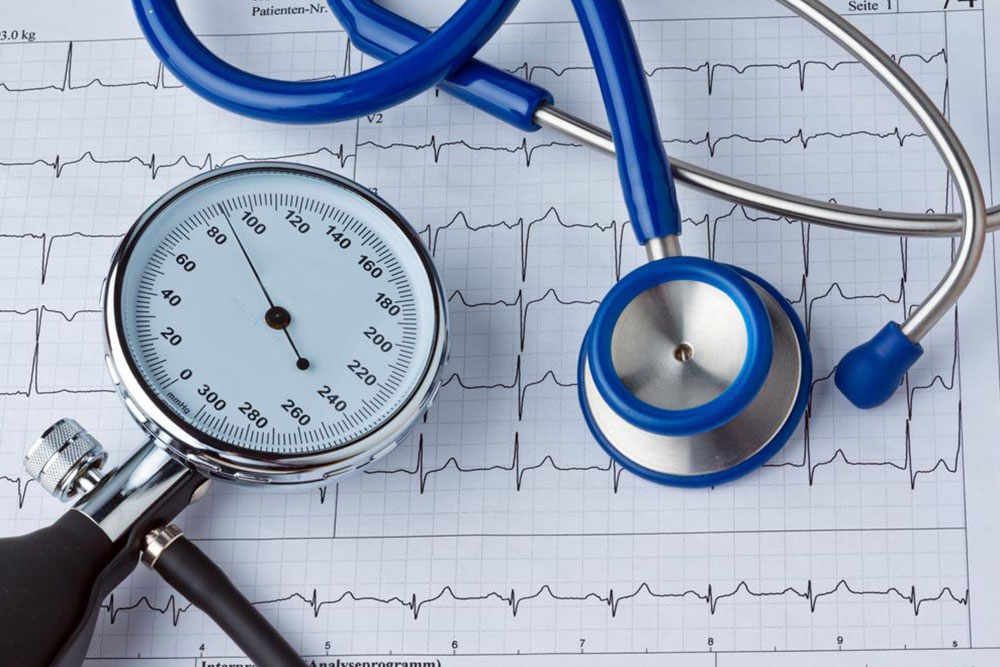Comprehensive Guide to Heart Ultrasound Exams: How They Work, Preparation Tips, and What to Expect
Discover the comprehensive guide to heart ultrasound exams, including their purpose, preparation tips, and what to expect during the procedure. Learn how echocardiography plays a vital role in diagnosing and monitoring heart conditions with safety and accuracy, making it a cornerstone in cardiovascular healthcare.
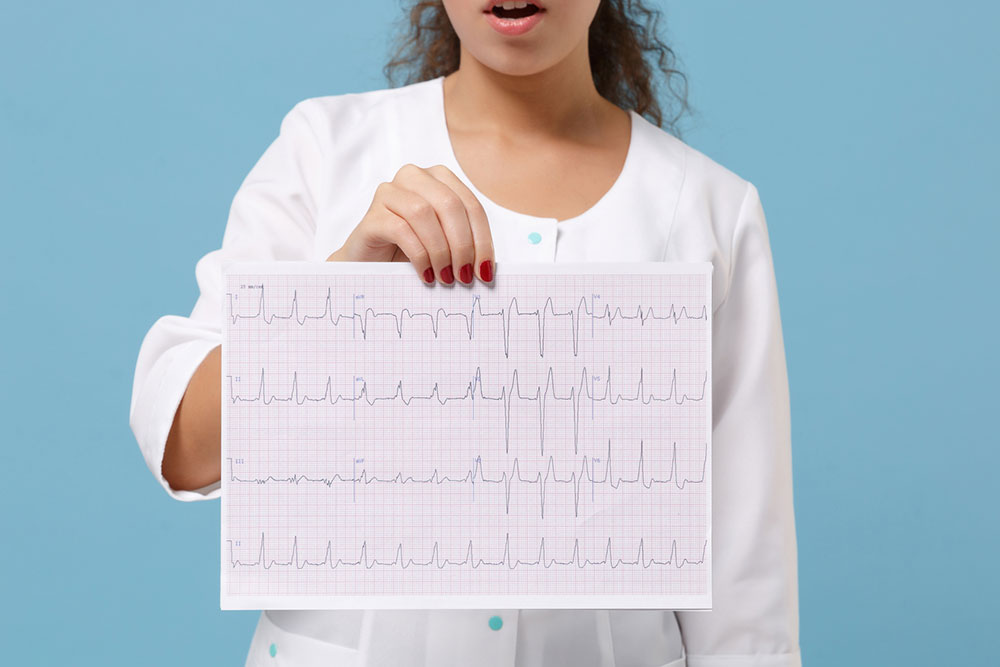
Comprehensive Guide to Heart Ultrasound Exams: How They Work, Preparation Tips, and What to Expect
A heart ultrasound, also known as an echocardiogram, is a crucial diagnostic tool in modern cardiology. This non-invasive imaging technique uses high-frequency sound waves to produce detailed images of the heart's structure, chambers, valves, and blood flow. It provides vital insights into heart function, helps detect various cardiovascular conditions, evaluates ongoing treatments, and monitors heart health over time. Understanding the procedure, its purpose, and how to prepare can help alleviate patient anxiety and promote a smooth experience during the exam.
What is a Heart Ultrasound?
An echocardiogram, or heart ultrasound, is a safe, non-invasive test that employs ultrasound technology to visualize the heart in real-time. It captures detailed images that highlight the heart's size, shape, and movement, enabling clinicians to assess how well the heart is functioning. This procedure is instrumental in diagnosing heart abnormalities, evaluating the severity of various heart diseases, and guiding treatment decisions.
This diagnostic approach provides comprehensive insights into blood flow within the heart and can detect structural issues such as valve problems or congenital anomalies. Typically lasting between 20 minutes to an hour, the procedure is performed by a trained and certified cardiac sonographer. Its non-invasive nature, absence of radiation, and high accuracy make it one of the most widely used cardiac diagnostic tools worldwide.
Why is a Heart Ultrasound Recommended?
Healthcare professionals frequently advise patients to undergo an echocardiogram when symptoms such as chest pain, irregular heartbeat, shortness of breath, or fatigue are present. The test serves multiple purposes, including:
Detecting structural or functional heart problems early on
Monitoring existing cardiovascular conditions like heart failure or valve disorders
Assessing the effectiveness of ongoing treatments or interventions
Providing guidance for further diagnostic or therapeutic procedures
Preparing for Your Heart Ultrasound
Preparation is straightforward but essential to ensure the best possible results. Your healthcare team may provide specific instructions based on your health status, but general guidelines include:
Fasting for about 4-6 hours prior to the exam if a contrast dye or certain medications are involved
Wearing loose, comfortable clothing, preferably with easy access to your chest area, or changing into a hospital gown
Informing your doctor about all medications, supplements, or treatments you are currently using, especially blood thinners or medications affecting heart rhythm
Avoiding caffeine or stimulants before the procedure as they may interfere with heart rate or blood pressure
Arranging transportation if sedation or medication that may cause drowsiness is administered
What Does the Procedure Entail?
The actual ultrasound process is performed in a hospital, clinic, or specialized diagnostic center. Here’s what you can expect:
Upon arrival, you will be greeted by the technician, who will explain the procedure and answer any questions.
You will be asked to lie on your left side on an examination table, which helps improve the accuracy of images.
The technician will apply a water-based gel to your chest. This gel mediates the transmission of sound waves between the transducer and your skin.
A handheld transducer, which emits ultrasound waves, is moved over different areas of your chest to capture comprehensive images of your heart.
During the test, you may be asked to hold your breath momentarily or change your position slightly to optimize image clarity.
After sufficient images are collected, the technician will clean off the gel, and you will be free to return to your daily activities unless instructed otherwise.
Additional Considerations for a Heart Ultrasound
This test is extremely safe for most individuals, including men, women, and seniors, as it does not involve radiation exposure. It is suitable for pregnant women; in fact, fetal echocardiography can be performed to evaluate the baby's heart during pregnancy, involving a probe on the mother’s abdomen. Patients with medical conditions such as diabetes or those who are physically limited should inform their healthcare providers beforehand for specific instructions. It is recommended that pregnant women and seniors discuss any concerns with their doctors to ensure safety and comfort. If you are taking medications or have existing health conditions, particularly those affecting blood pressure or blood sugar, consult your medical team regarding any necessary adjustments prior to the exam.
Understanding the Importance of Heart Ultrasound
Due to its safety, accuracy, and non-invasive nature, the echocardiogram remains one of the most reliable tools for diagnosing various heart diseases, assessing heart function, and guiding treatment plans. Early detection through this exam can significantly improve patient outcomes, especially for conditions that may not produce immediate symptoms. Regular monitoring allows for tracking disease progression and adjusting therapies accordingly, ultimately contributing to better cardiac health management. As technology advances, echocardiography continues to evolve, integrating 3D imaging and Doppler techniques to provide even more precise and comprehensive data about heart health.

